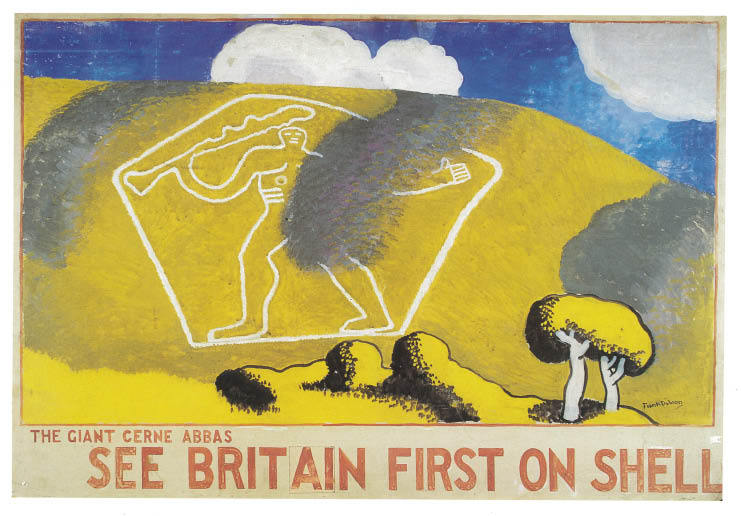The book is interesting because it has insights and novelty, not least in taking a period and a culture regarded by many as second best compared with what was happening elsewhere at the time, and shows it to have been enlightened, intelligent and full of beauty. However, it infuriates partly because of the author’s occasionally cloying and highly adjectival style, and partly because, for all her scholarship in the subject, one gets the sense that she has spread herself too broadly and lacks a feel for the real popular currents of the Twenties and Thirties.
The book is certainly ambitious. Not only does Harris examine the paradoxes of these modernists looking back to a romantic past in mainstream arts such as novels, poetry, painting and architecture; she also looks at the more peripheral areas of culture, such as food, weather, village life and music. She certainly supports the thesis implicit in her subtitle — that there was a conspicuous exercise of the imagination by creative artists in this period, and both Woolf and Piper are taken as prime examples of the paradox she describes.
Woolf, for all her stylistic modernism, was rooted in her fiction in English history, the English countryside, and English values. Piper, long before he and John Betjeman started driving round England looking at churches and tea-shops, was in the vanguard of modernist art, yet found himself seduced by the past once he examined it. Even the modernist Berthold Lubetkin ended up, Harris tells us, living in ‘a remote sash-windowed cottage on a farm in Chipping Sodbury’, which she explains, somewhat spin-doctorishly, was ‘a principled decision to experience an older way of life while not losing sight of his urban vision’: presumably he had a high-powered telescope through which he could see Bristol or Birmingham.
There are arresting insights, such as in her chapter on the weather, where the author talks of the importance of rain and cloud in painting and photography. John Piper thought an architectural picture was only at its best when buildings were against a backdrop of teeming rain and dark skies. He was asked to paint Windsor Castle during the war in case it was destroyed by enemy action, and the results prompted George VI to say to him, ‘You seem to have very bad luck with your weather, Mr Piper’. She notes how someone who radicalised English novel-writing like Evelyn Waugh, or photography like Cecil Beaton, could hardly wait to don tweeds, find an appropriate country house, and be photographed in front of it in the manner of an 18th-century squire.
Harris also understands the importance of the way writers sought to capture the essence of England between the wars: many of them men like H. V. Morton and J. B. Priestley, who had fought in the Great War and feared the approach of another. It was if they really were facing the last of England, and were determined to capture it. She only touches upon one of the reasons for the popularity of books like this, which was the rise of the motor car, and which she describes in detailing the artwork for Shell advertising campaigns. People bought In Search of England and English Journey because they wished to follow in Morton’s and Priestley’s tyre-marks.
One significant omission from this survey is the work of the publishers Batsford, and notably the idealistic artwork of Brian Cook that illustrated Batsford’s dust-wrappers, which more than almost any other interwar enterprise sought to capture the very essence Harris writes about; like, indeed, another omission, Arthur Mee’s King’s England series.
The failure properly to evaluate the topographical writing of the period is this book’s most serious flaw. The author is also out of her depth when it comes to music. Vaughan Williams did not collect his first folk song, ‘Bushes and Briars’, from a Norfolk shepherd; it came from a pensioner at a Darby and Joan club near Brentwood in Essex. She misattributes the genesis of his fifth symphony and wrongly identifies the structure of his Five Variants of Dives and Lazarus; she calls the composer Jack Moeran ‘Ernest’ and misunderstands his Symphony in G Minor; she fails to grasp correctly Benjamin Britten’s relationship with folk song, or the complicated reasons for his coming back to England from America during the war.
Yet this book is thought-provoking, has shafts of originality, and ought to stimulate further research into a neglected period that is now on the edges of living memory. It is also beautifully illustrated; and it will educate a new generation of readers about what frumenty is.






Comments